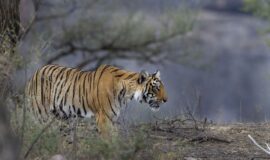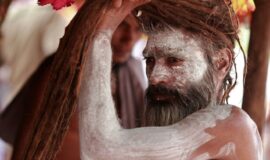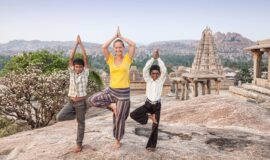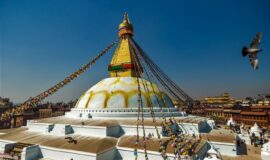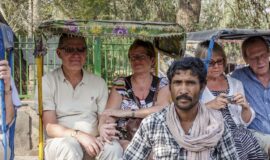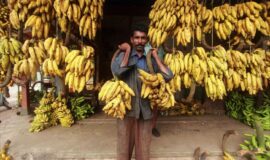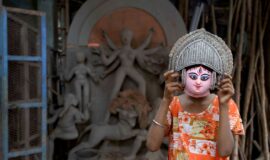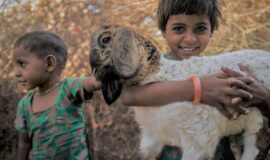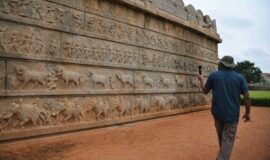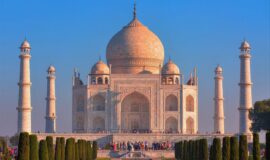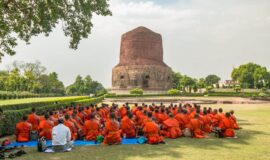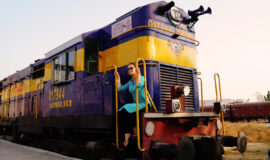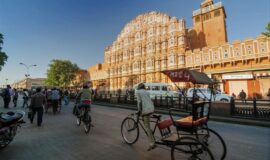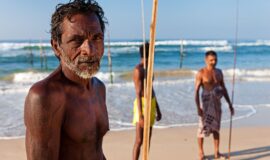Take Tea Break at Jorhat in Assam
The tea plantations on either side, as far as the eye could see, were a clear indication that we were nearing Jorhat in Assam, the centre of India’s tea industry. Our guide Subhash told us that at least 150 tea gardens occupied the town which also has its own annual tea festival.
The tea industry grew rapidly after the British created a narrow-gauge railway line here. Research, especially at Jorhat’s Teklai Experimental Centre, is undertaken on new varieties of tea, leaves and soil, and many of the tea varieties that Assam is so well known for, have been developed and perfected here. The centre is known worldwide as one of the oldest of its kind.
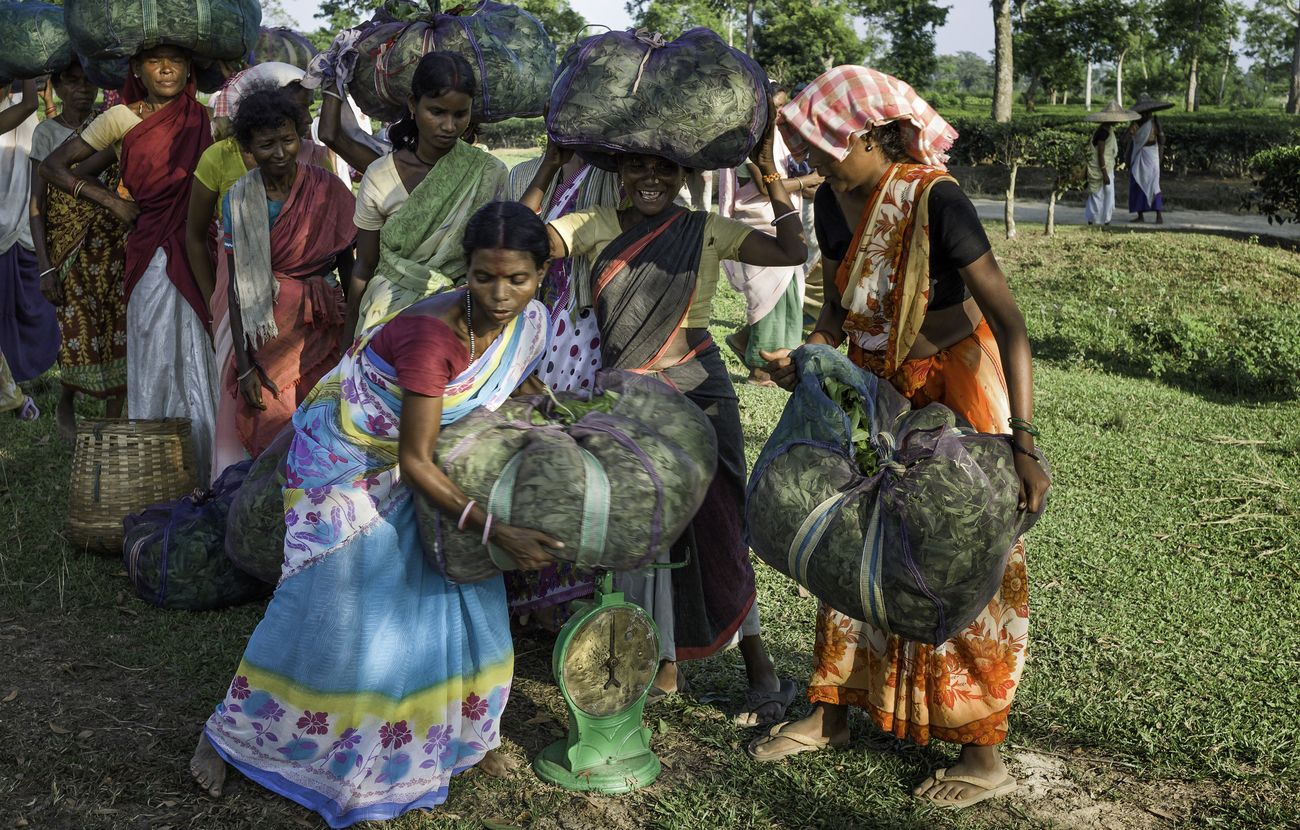
An average day at a tea plantation near Jorhat, Assam in India where the daily wage harvesters weigh the tea leaves they picked © Daniel J. Rao / Shutterstock
Jorhat is one of the larger cities of Assam and is blessed with scenic beauty. It also has historical importance as it was the last capital of the Ahom kings who ruled Assam from 1228 to 1826 AD. Towards the end of the 18th century, these rulers turned Jorhat into a thriving, culturally-rich city. It continued to prosper until it was attacked and destroyed by the Burmese army in 1826. With the arrival of the British, the city managed to regain some of its former glory.
Even today, Jorhat is known as the cultural capital of Assam. Jorhat Sahitya Shabha and Asam Sahitya Sabha that is located in the Chandrakanta Handique Bhavan constructed in 1926, have been successfully instilling pride in locals and encouraging independent thinkers. Celebrated writer Birendra Kumar Bhattacharya, a Jnanpith awardee, came from Assam and belonged to Jorhat. Historians and archaeologists have a special interest in the city as its surrounding areas still bear witness to ancient remnants in the form of the burial vaults of Lachit Borphukan and Purandar Sinha, two legendary Ahom kings, apart from the Buri Gohani temple.
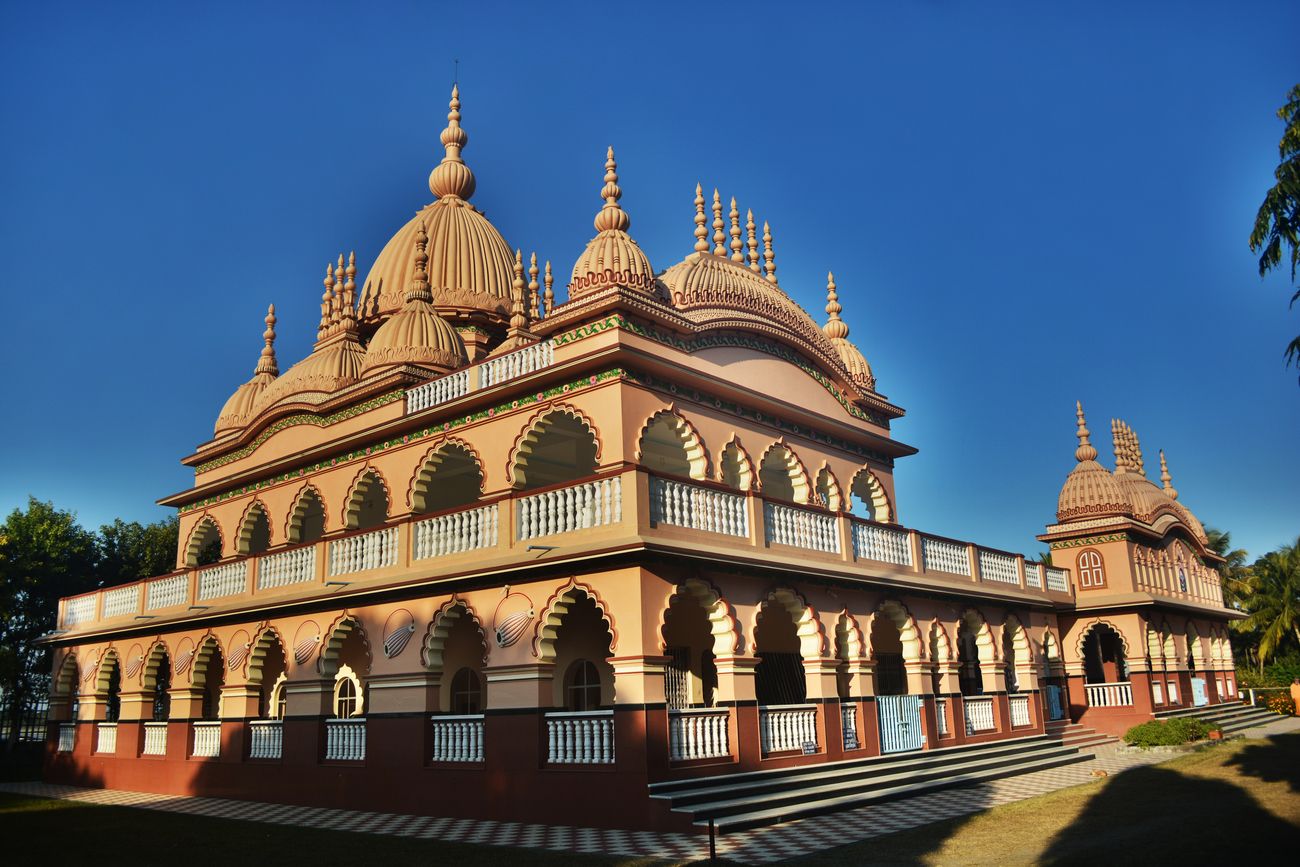
Founded by Swami Nigamananda, the Shanti Ashram in Jorhat, Assam is an important pilgrimage destination and it was established in 1919 © Kumud Chandra Lekhok / Shutterstock
Jorhat gets its name from Jor meaning a couple and Hat meaning markets. Today Jorhat is a bustling city with a large number of educational institutions and the highest literacy rate in the state. In Jorhat, you would be able to buy as many as six daily local newspapers that are published in the city itself. A mix of tradition and modernity, the city, when occupied by the British, saw the building of the Club Road – Jorhat’s a first asphalt road. This road connects the city centre to the Gymkhana clubhouse.
The Gymkhana was built in 1876 by D Slimmon and is a popular venue for horse races right from the days of its inauguration. The nine-hole golf course which is one of the oldest golf courses in Asia, lawn tennis grass courts, a swimming pool, billiards, polo and cricket ground are all part of one of this one of the clubs, one of India’s oldest gymkhanas.

Crossing the Brahmaputra River, a ferry carrying daily commuters from the Nirmati Ghat to the Auniati Ghat, Jorhat, Assam © KSaikia / Shutterstock
Another tourist attraction here is the Dhekiakhowa place of worship established more than 462 years ago by saint and reformer Madhabdev. Baisnav religion devotees pay their respects here at the bor namghar (Assamese for Place of worship). When you visit this place, you would be told of local folklore that mentions the reason why the main pillars are made of a shorea robusta tree. One night, a monk of the bor namghar dreamt that the river nearby with a shorea robusta tree was flowing in the opposite direction. The following day, as the dream came true, the main pillars of the Dhekiakhowa were made from this tree.
Thengal Bhawan was built in 1880 by Raibahadur Shiva Prasad Barooah who not only built the Bhawan but also ran the daily newspaper called Dainik Baatari (the first daily newspaper in Assamese) on its premises. Bangalpukhari is a tank in Jorhat that was excavated by money got from murdering a human being, and its water is never used by the locals.
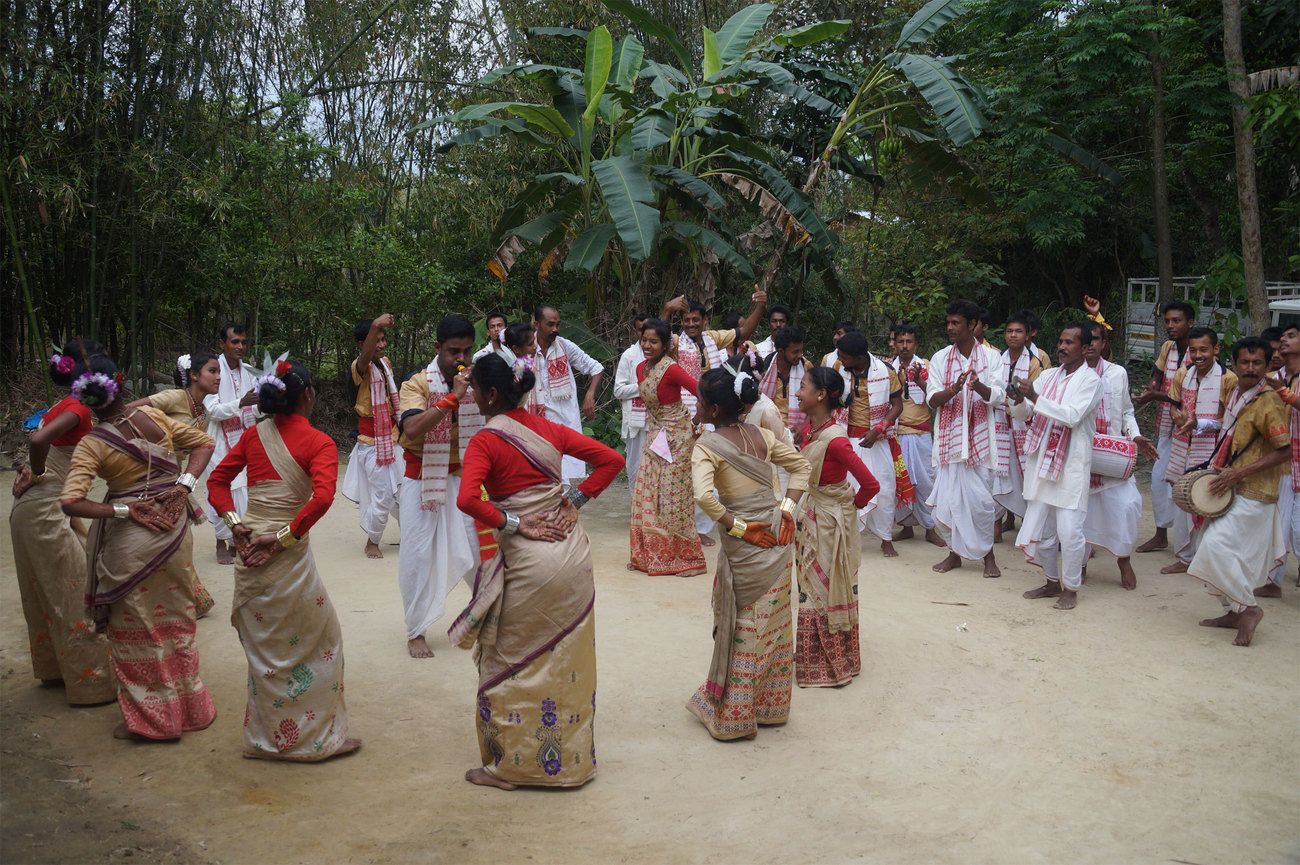
Women gather around and partake in the traditional folk dance of Assam, Bihu on the occasion of Manuh Bihu, the first day of the year according to the Hindu calendar, Jorhat Assam © bijitdutta.com / Shutterstock
Nineteen km away is the Gibbon Wildlife Sanctuary known for apes, while 60 km away is the Nambor Forest reserve famous for its hot springs. The world-famous Kaziranga National Park is 90 km from Jorhat. From the city, one can also visit Majuli, the Brahmaputra’s biggest riverine island, and the largest in the world.
“The Gymkhana Club, built-in 1876 by D Slimmon, has been a popular venue for horse races right from its inaugural day. The nine-hole golf course (one of Asia’s oldest), grass courts, swimming pool, billiards table, and polo and cricket ground are all part of this elite club”
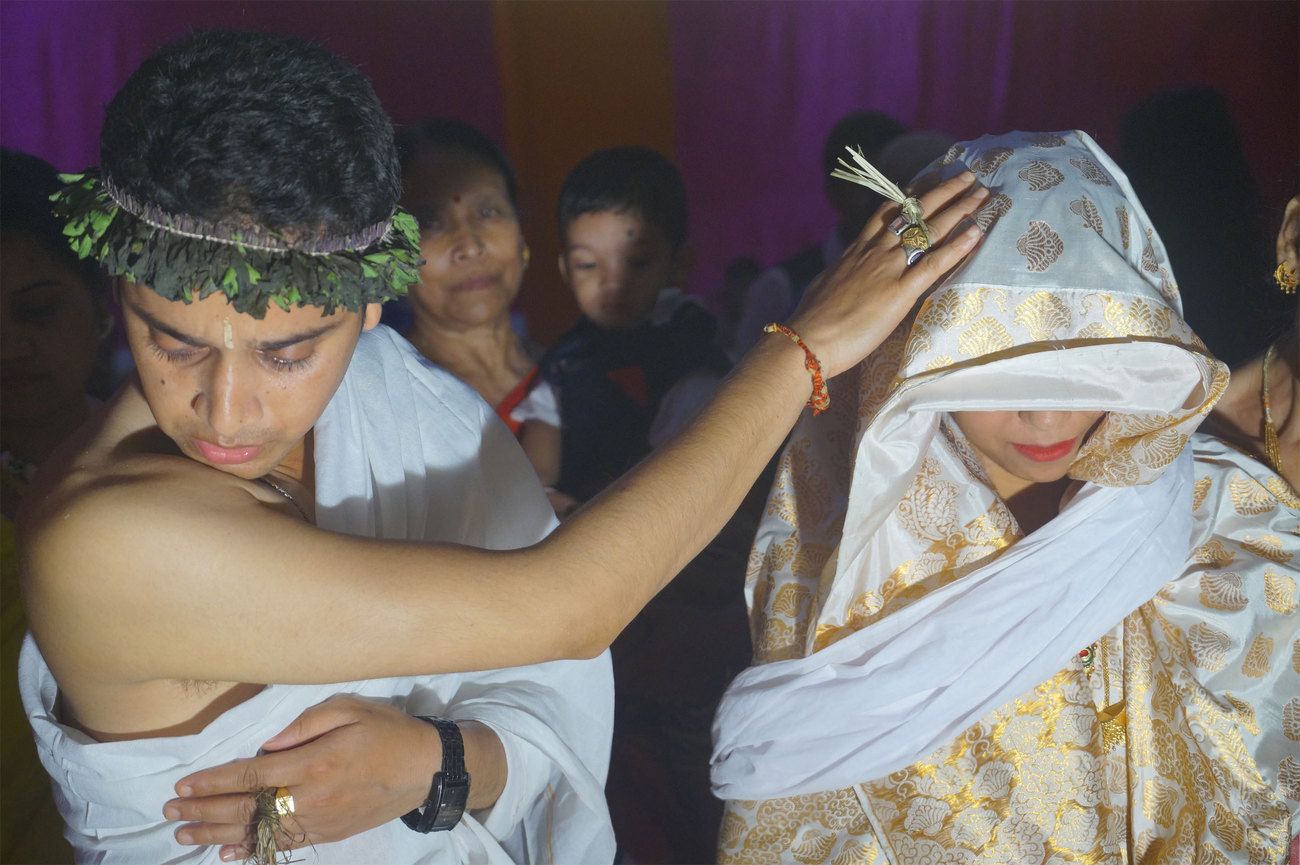
A traditional Assamese wedding involves numerous traditions and rituals between the bride and the groom as they start a new chapter in their lives, Jorhat Assam© bijitdutta.com / Shutterstock
NAVIGATOR
GETTING TO JORHAT
By Air: Jorhat has its own airport.
By Rail: Jorhat has its own railway station.
By Road: Jorhat is well connected, by roads to major cities like Dimapur (82 km), Kohima (149 km), Imphal (227 km), Guwahati (293 km), Dibrugarh (136 km), and Shillong (376 km)
WHERE TO STAY: Hotel MD Continental, Thengal Manor, Mistry Sahib’s Bungalow, Hotel New Park
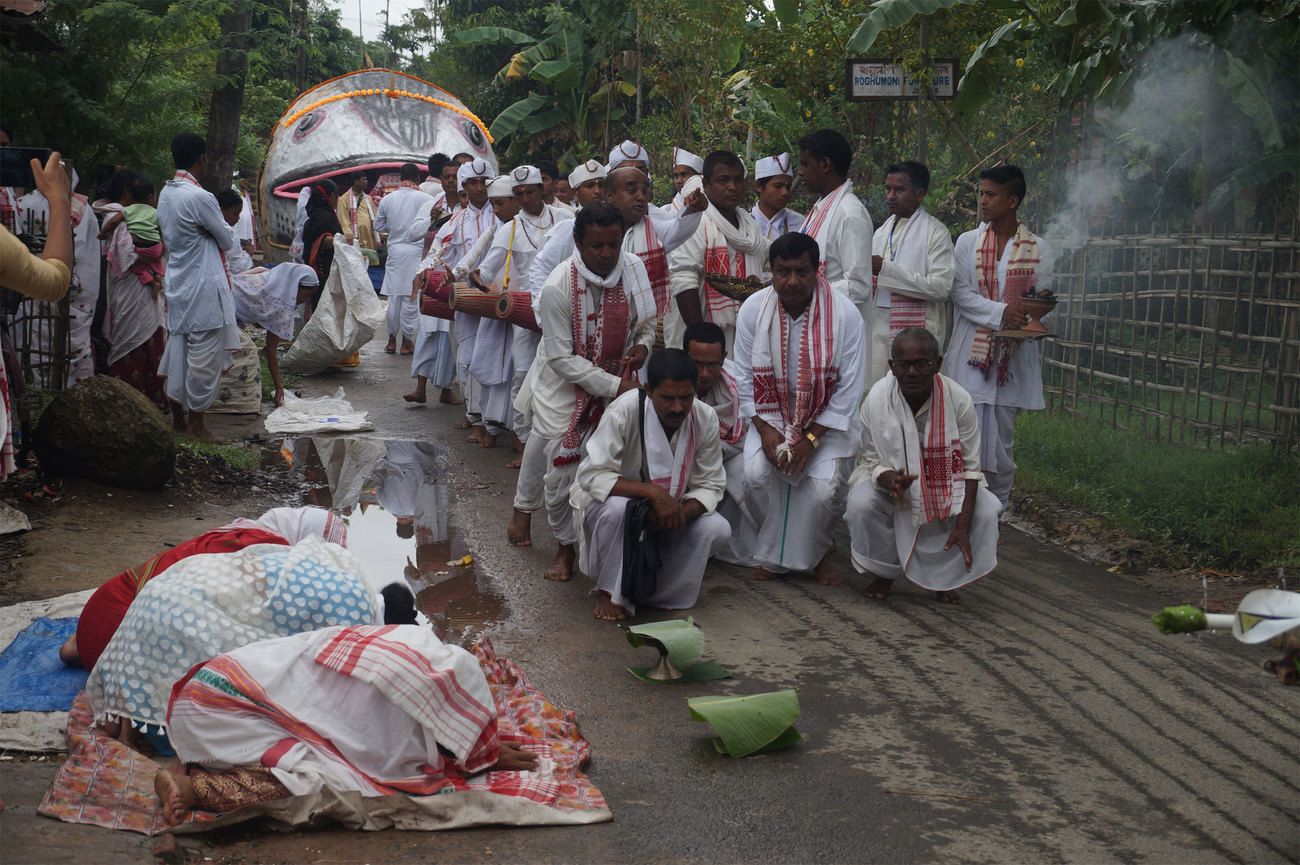
An annual rally initiates on the 68th Birth Anniversary Celebration of Srimanta Sankaradeva, Vaishnava Saint in the state of Assam, Jorhat © bijitdutta.com / Shutterstock
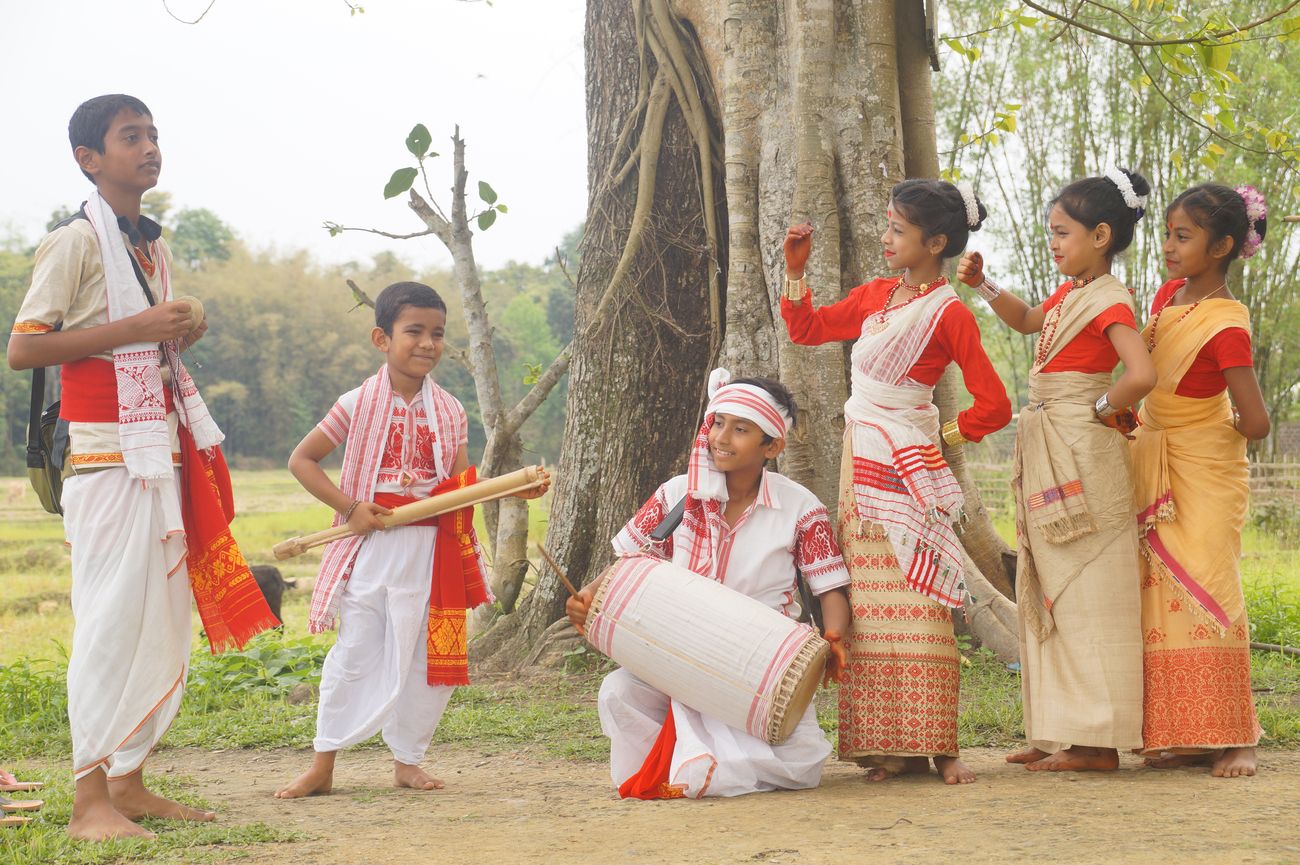
Little boys and girls wear traditional folk dresses as they prepare for the folk Bihu dance in Jorhat, Assam © bijitdutta.com / Shutterstock
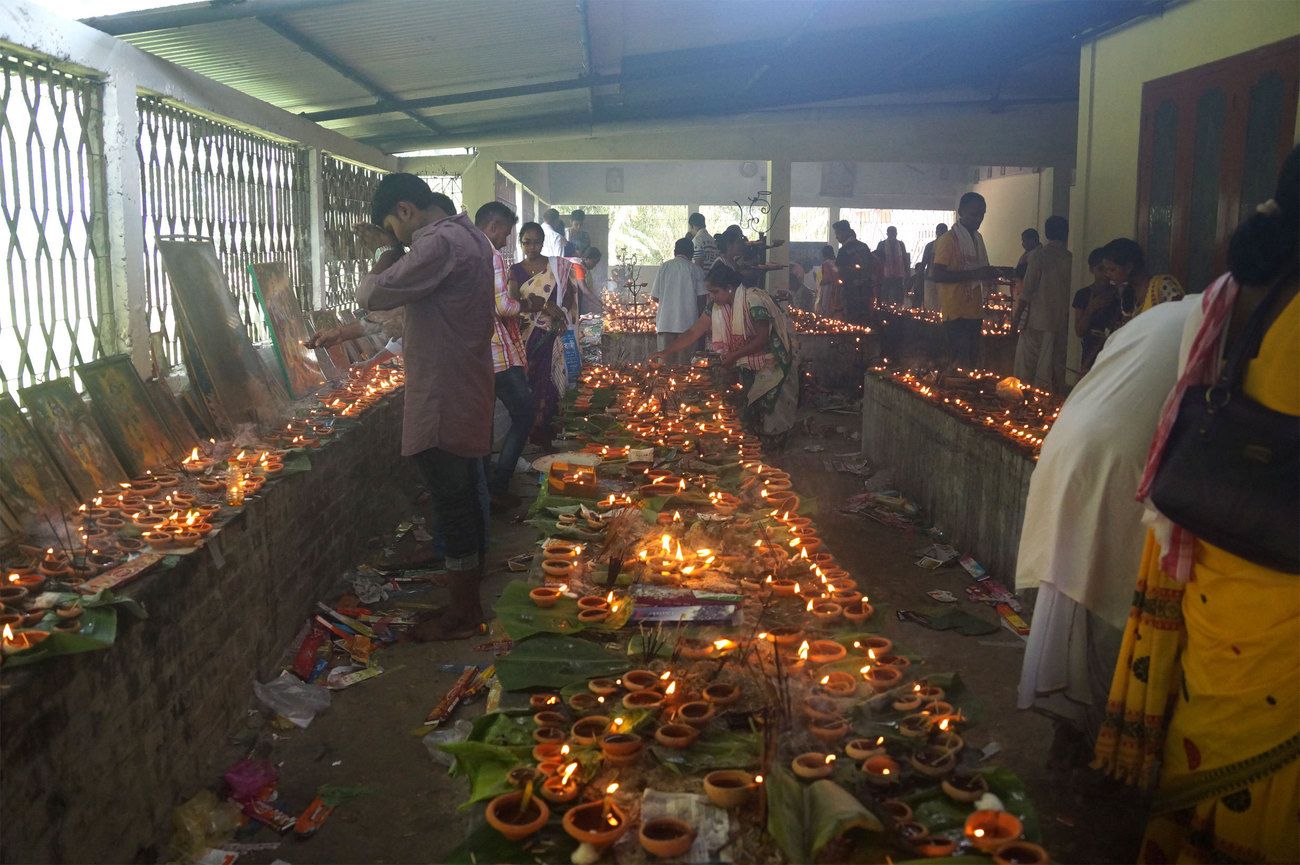
Devotees from all around the country assemble for the Annual Nam-Prasanga (prayer) in Moinapuria, Naamghar near Jorhat, Assam © bijitdutta.com / Shutterstock


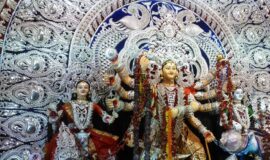
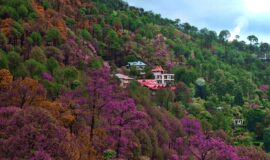
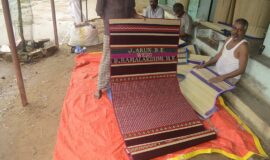

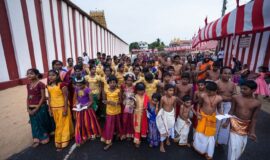

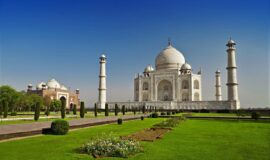
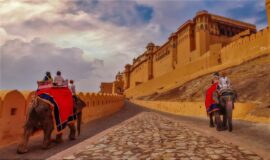
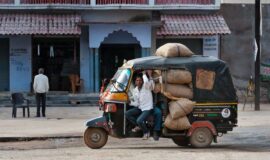
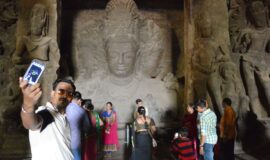
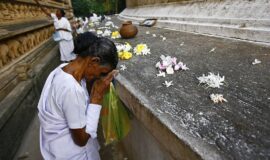

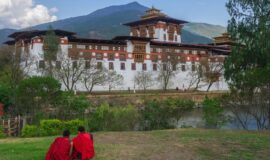
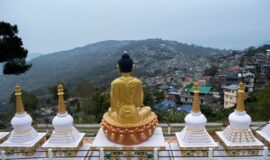


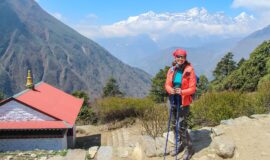
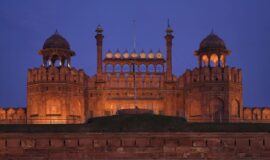
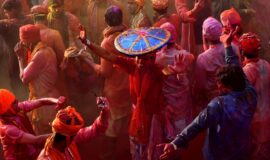

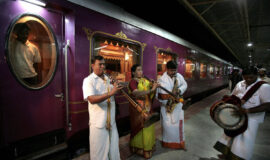

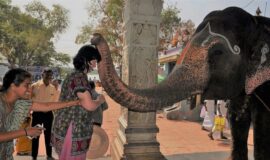

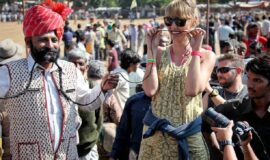



![Golden Triangle Tour with Goa [Culture + Beach Vacation] (12 days) Golden Triangle Tour with Goa [Culture + Beach Vacation] (12 days)](https://www.vacationindia.com/wp-content/uploads/2022/06/golden-triangle-tour-with-beach-vacation-270x160.jpg)

